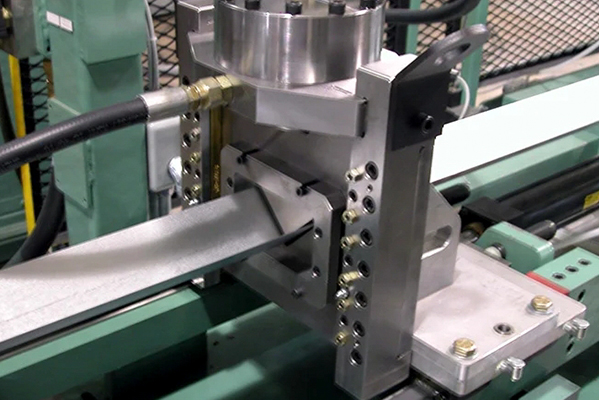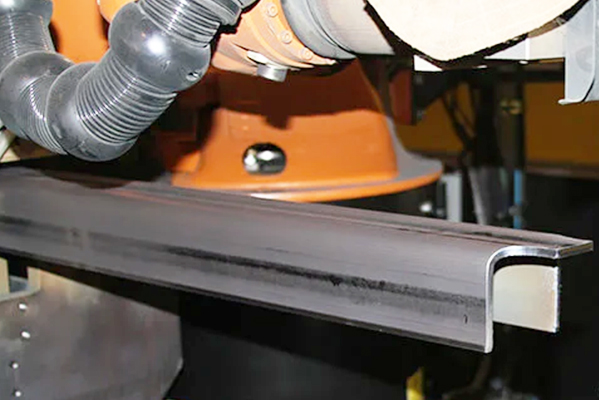Navigation Menu
Contact Us
- Email:
- info@wxavatar.com
- Address:
- Yurong Village, Yuqi Street, Huishan District, Wuxi, China.
Release Date:Apr 29, 2025 Visit:48 Source:Roll Forming Machine Factory
Rolling is a fundamental manufacturing technique widely used in metalworking and other industries. This process involves passing materials through rollers to reduce thickness, improve surface finish, or achieve desired mechanical properties. Below, we explore the key benefits of rolling in industrial applications.

1. Enhanced Material Properties
Rolling refines the grain structure of metals, leading to improved strength and durability. The mechanical deformation aligns the internal structure, resulting in materials that exhibit better performance under stress. Additionally, controlled rolling can enhance hardness and wear resistance without requiring additional heat treatment in some cases.
2. Consistent Product Quality
One of the notable advantages of rolling is its ability to produce uniform thickness and dimensions across large quantities of material. Automated rolling mills ensure precision, reducing variations that might occur in manual or less controlled processes. This consistency is crucial for industries requiring standardized components, such as automotive and aerospace manufacturing.
3. Cost-Effective Production
Rolling is a highly efficient process capable of handling large volumes of material with minimal waste. Unlike machining, which removes significant amounts of material, rolling reshapes the workpiece while retaining most of its mass. This efficiency translates to lower material costs and reduced production expenses over time.
4. Versatility in Applications
The rolling process can be adapted for various materials, including steel, aluminum, copper, and certain polymers. It is used to manufacture sheets, plates, bars, and structural shapes like I-beams and rails. Cold rolling and hot rolling techniques further expand its applicability, allowing manufacturers to choose the best method based on material requirements.
5. Improved Surface Finish
Rolling produces smoother surfaces compared to casting or forging. Cold rolling, in particular, achieves tight tolerances and fine finishes, reducing the need for additional grinding or polishing. This makes rolled products suitable for applications where surface quality is important, such as in consumer electronics and precision machinery.
6. High Production Speed
Modern rolling mills operate at high speeds, enabling rapid processing of large metal sheets or coils. This efficiency supports just-in-time manufacturing and helps meet demanding production schedules without compromising quality.

Conclusion
Rolling remains a cornerstone of industrial manufacturing due to its ability to enhance material properties, ensure consistency, and reduce costs. Its versatility and efficiency make it indispensable across multiple sectors, from construction to electronics. By leveraging advanced rolling techniques, manufacturers can achieve superior product performance while maintaining economic viability.